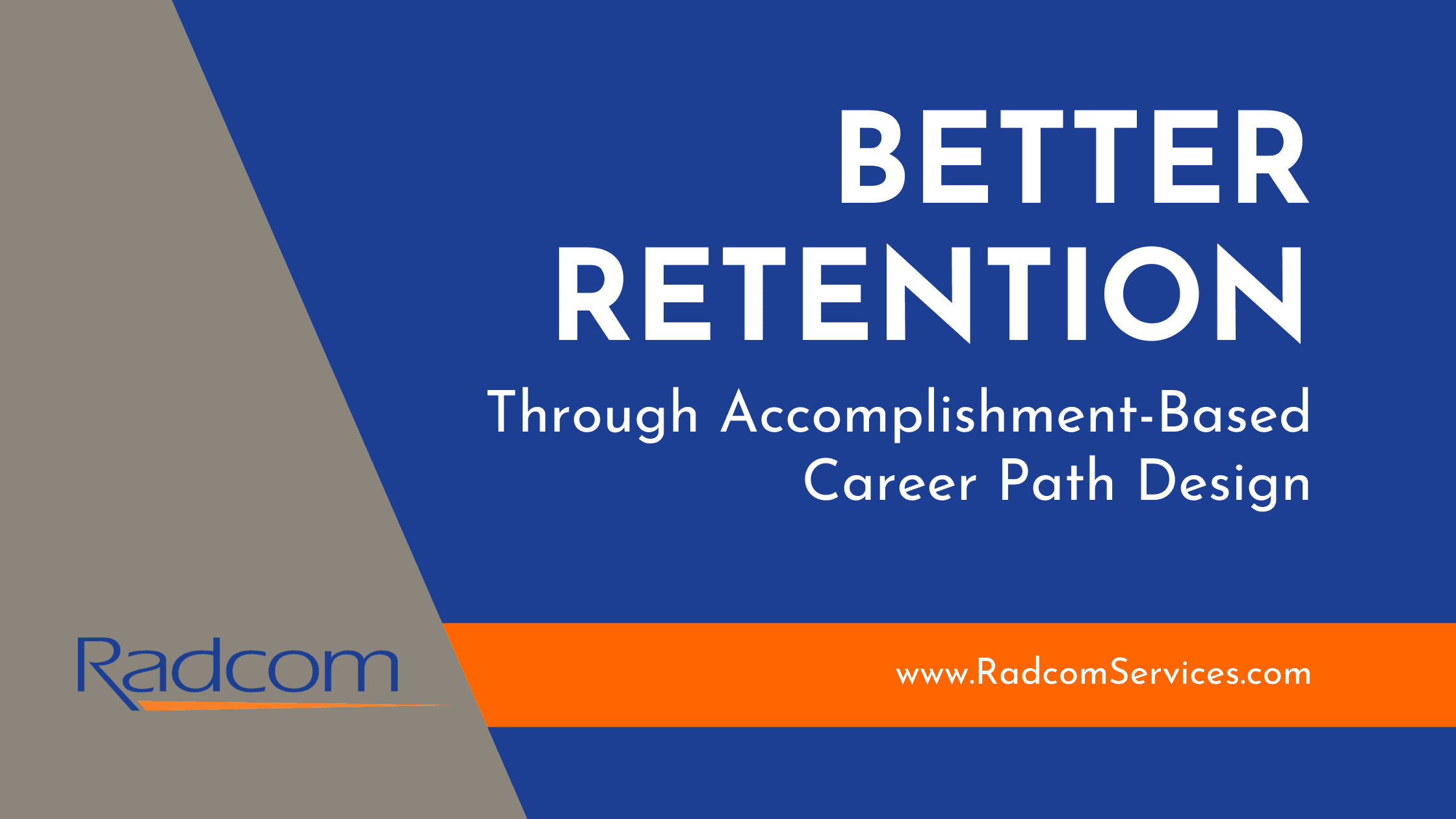
Employees value an employer who invests in their career growth, according to a recent LinkedIn Learning report. Employees are more likely to leave if they don’t see a clear career path they can use to move forward within your organization. Instead, they will find growth opportunities elsewhere, leaving you with open positions to fill and new hires who need months (or longer) to get up to speed.
Career Pathing
You can solve this problem with a process called career pathing. Career pathing provides employees with a clear path to advancement and promotion. It does this by laying out a road map that tells them what they need to learn or gain through experience to move into another job role within their company.
Career pathing involves defining the skills and experience someone needs to attain to move into any job role within an organization. If they see what is required to hold a position, they know what they need to work towards to get there.
However, career pathing also needs to align with strategic business goals to be effective. Otherwise, learning and development efforts might lead to an employee’s personal success without leading to organizational success, which isn’t ideal for the employee either long term. No one wants to advance within a sinking ship.
The goal of employee development should be:
- Improved time to proficiency: The sooner an employee is up to speed, the sooner they can contribute to the organization at the same level as their coworkers.
- Improved retention: There is an inherent cost to losing and replacing an established employee, not to mention the hardship in finding someone with sufficient experience to be an adequate replacement, especially in today’s job market.
- Improved performance: The better employees are at their jobs, the better the end result for the organization, whether that be better quality, a shorter rate of production, etc.
- Improved job satisfaction: If people love what they do, they won’t feel a need to look elsewhere.
There is a way to ensure employee development improves business results: Design career paths based on the accomplishments of work.
Outputs vs. Behaviors
Traditional learning and development is based on competencies. Competencies are concepts that must be acquired and understood in order to successfully execute a skill set. In other words, competencies are based on the behavior employees perform when doing their jobs.
However, behavior is only the means to the end. After all, there is more than one way to achieve a successful outcome. Instead, the way to measure success is by looking at the product of that behavior, also known as the work output or accomplishment resulting from the work.
By focusing on the end result rather than the behaviors performed to achieve that end result, you can also define the standards, or criteria, required to achieve a successful, high-quality output. This, in turn, makes it easy to measure when an output meets standards and when it is insufficient, meaning the work performed by each employee can be evaluated based on the success of their end product. It also provides a way to determine those tasks necessary to achieve a successful output.

Job Descriptions and Guidebooks
This information is then condensed into a job description for each role that includes that role’s defined work outputs, their quality standards, and the tasks that result in a successful output. The job description also includes the skills and knowledge needed to perform the necessary tasks, forming a clear, actionable path for exceptional performance in the role, as well as the skills, knowledge, and experience an employee needs to attain to be able to advance into that role.
With this job description in place, it becomes easy to create guidebooks that provide employees with clear expectations, as well as instructions for repeatable success. You can also examine everything your organization does, both intentionally and accidentally, that impacts or influences performance, whether positively or negatively, such as:
- Existing systems and processes.
- The resources that are available.
- Existing tools used to perform the work.
This information can be used to build a performance support system that removes behavior influences that get in the way of performance and increases those that make the job easier.
Accomplishment-Based Career Path Design
Retaining your best employees is so important in today’s business environment, and developing an accomplishment-based career path for each of your employees will help ensure they stick around for the long term. Tools like job descriptions and guidebooks, as well as effective coaching by managers along the way, play a vital role in the success of individual employees and for the whole organization.
If you have questions or want to discuss career path design with a performance improvement expert, reach out to us. We would love to help.


